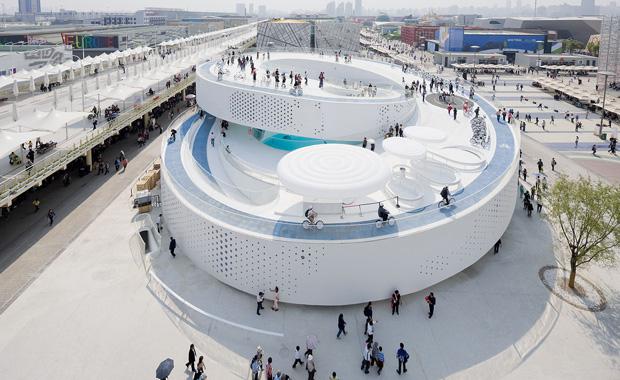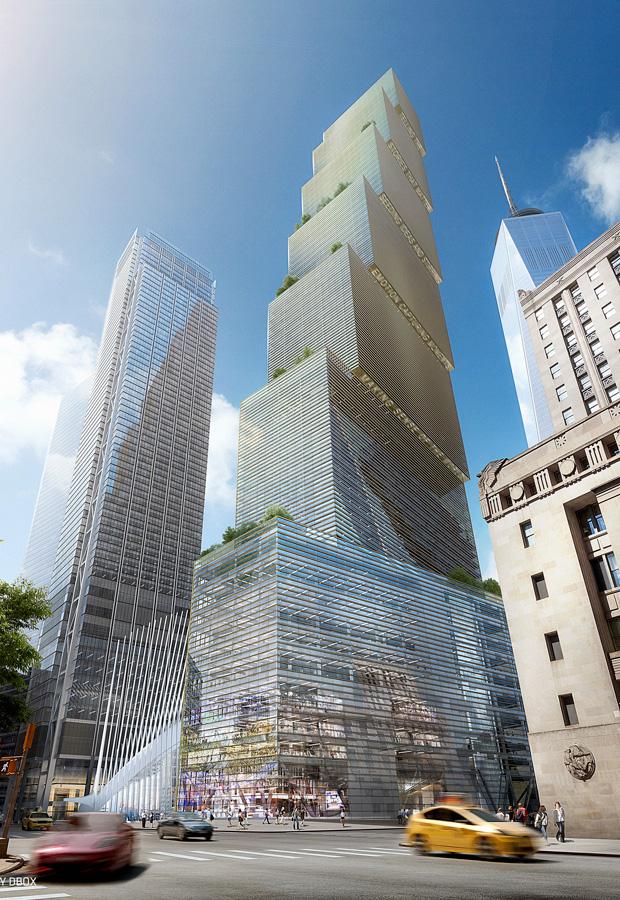Bjarke Ingels, at age 40, has this year been listed as one of Time magazine’s 100 most influential people.
In providing his endorsement for Ingels for the listing his former boss Pritzker Prize-winning architect Rem Koolhaus described him as follows.
“Bjarke is the first major architect who disconnected the profession completely from angst,” says Koolhaas. “He threw out the ballast and soared. With that, he is completely in tune with the thinkers of Silicon Valley, who want to make the world a better place without the existential hand-wringing that previous generations felt was crucial to earn utopianist credibility.”
Ingels runs the Bjarke Ingels Group (BIG) which is a Copenhagen and New York-based group of architects, builders and designers operating across a range of design fields. It has a large number of projects across Europe, North America, Asia and the Middle East.
The company describes its philosophy evolving philosophy in these terms: "BIG’s architecture emerges out of a careful analysis of how contemporary life constantly evolves and changes. Not least due to the influence from multicultural exchange, global economical flows and communication technologies that all together require new ways of architectural and urban organization.
“Architecture is the art and science of making sure that our cities and buildings actually fit with the way we want to live our lives: the process of manifesting our society into our physical world. Life is always evolving and as life evolves, so should our cities and buildings, so that they fit with the way that we want to live.
“As human beings we don’t have to accept the world as it is. We can actually create the world of our dreams."Ingels himself describes his work as 'promiscuous hybrids'.
His buildings are progressively changing the face of a city like New York.
One of his main projects is the 80-plus story Two World Trade Center which will be the final addition to the World Trade Center site. Ingels has been in the middle of tug of war between developer Larry Silverstein and Rupert Murdoch over the design for the site. BIG replaced Foster + Partners because the anchor tenants 21st Century Fox and News Corp believed the previous design was more suited to a bank than a leading media company.
BIG’s glass-clad tower instead is composed of seven stacked ‘boxes’ that decrease in size towards the top.
Ingels wrote in his 2009 manifesto Yes Is More that “most architectural projects either miscarry or die in early infancy.” This was an acknowledgment that architects live with many defeats. Ingels estimated that of 200 designs that he produced in his first eight years, only 11 were ever built.
Yes Is More is a constant reminder to people to keep thinking big.
One thing that his fame has secured however is working for clients with ever increasing money and influence which increases the chances of projects coming to fruition.
A distinguishing aspect is his constant and conspicuous enthusiasm for the potential of architecture.
This quote from Ingels in archdaily.com well summarises Ingels' view on where BIG sits in his view of the architectural world:"Historically the field of architecture has been dominated by two opposing extremes. On one side an avant-garde full of crazy ideas. Originating from philosophy, mysticism or a fascination of the formal potential of computer visualizations they are often so detached from reality that they fail to become something other than eccentric curiosities. On the other side there are well-organized corporate consultants that build predictable and boring boxes of high standard. Architecture seems to be entrenched in two equally unfertile fronts: either naively utopian or petrifyingly pragmatic. We believe that there is a third way wedged in the no-mans-land between the diametrical opposites. Or in the small but very fertile overlap between the two. A pragmatic utopian architecture that takes on the creation of socially, economically and environmentally perfect places as a practical objective."

Ingels' Denmark Pavilion, Shanghai Expo 2010.

BIG's Two World Trade Center design to complete the World Trade Center.














